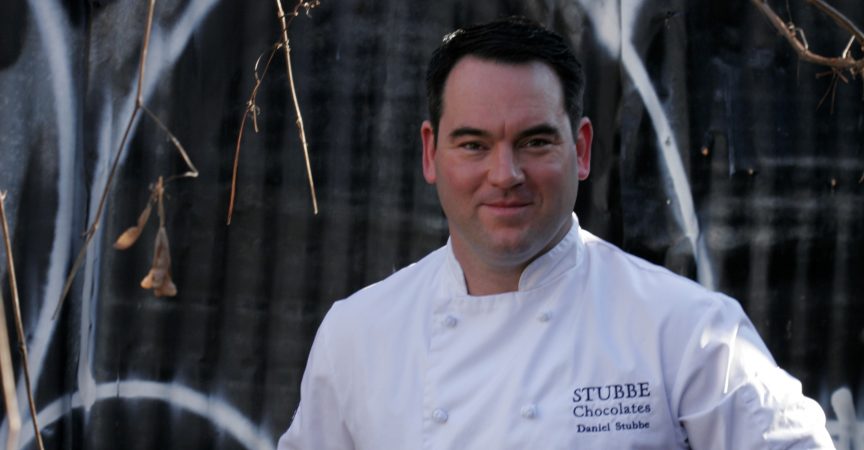One-on-One with pastry chef Daniel Stubbe
Hailing from Meppen Germany, now in Toronto’s Annex neighbourhood, Daniel Stubbe has had one of the *sweetest* journeys you’ve ever read; a life of bonbons, pastry and childhood-nostalgic chocolate. We spoke to Daniel to learn more about his legacy from kitchen playpen to cocoa plantation to France’s OR NOIR Experience.
Warning: Candy cravings are imminent.
First of all, you’re not only the owner of Stubbe Chocolate, you’re also a 6th generation konditor. What made you want to carry on the family tradition of being a professional pâtissier?
I grew up in the business, even had my playpen in my dad’s kitchen; it was always in my blood. Nonetheless, when my dad moved to Canada, I was still in Germany in high school and didn’t really know what to do. The courses that I applied to were all full so I decided to do an apprenticeship in something I was familiar with, at least I could continue my education.
I handed in my resume at local pastry shops in my hometown and on the first day I started working, I went downstairs to change into my chef uniform and just felt right at home. It felt like I had done this all my life already so it felt really natural; the environment, the work and so on. From that moment, I never really looked back.
You always have your doubts but somehow the pastry is and always has been the constant in my life. The familiarity going back to your roots is very comforting.
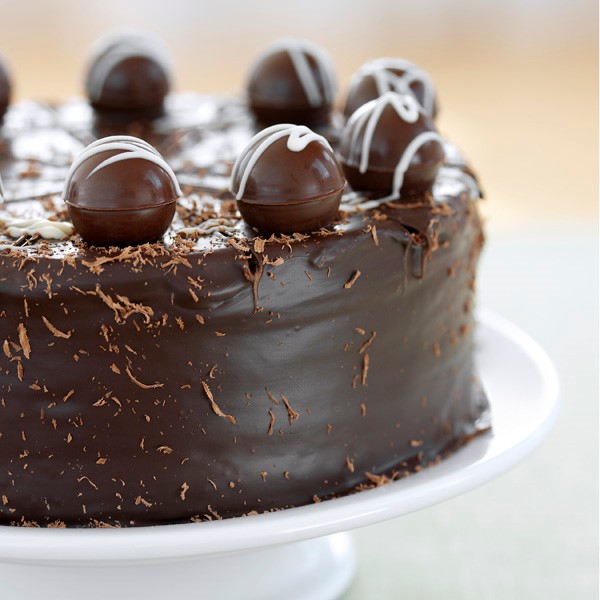
What are your earliest memories of chocolate and pastry?
One of the earliest memories I have is gluing candies onto gingerbread houses; I was maybe 6 or 7. They were these particular candies that I just couldn’t get myself to not try so my dad had to make sure they were counted, like, “two of these go on each house and if you run out, it’s because you tried too many.”
After growing up in Meppen, Germany, you joined your father in Ottawa, Ontario. Are there any German pastry or flavour processes you feel you carried with you and baked into your Canadian works?
Absolutely, especially nowadays with our global society. It’s really important that you find something that is unique and with us being in Canada, where there is a small German community, I think it gives us an advantage to bring these flavours over here. You don’t want to necessarily copy them but just have them at the core of your ideas. In the case of where we’re from, we use a lot of marzipan, for example, and you’ll find it throughout my store. It may not be in the form you’ll find in Germany but it’s always present, whether in bonbons or cakes. This [flavour approach] also translates into our pastries and the cakes that we make. For example, we use a lot of hazelnuts, which you find often in Germany.
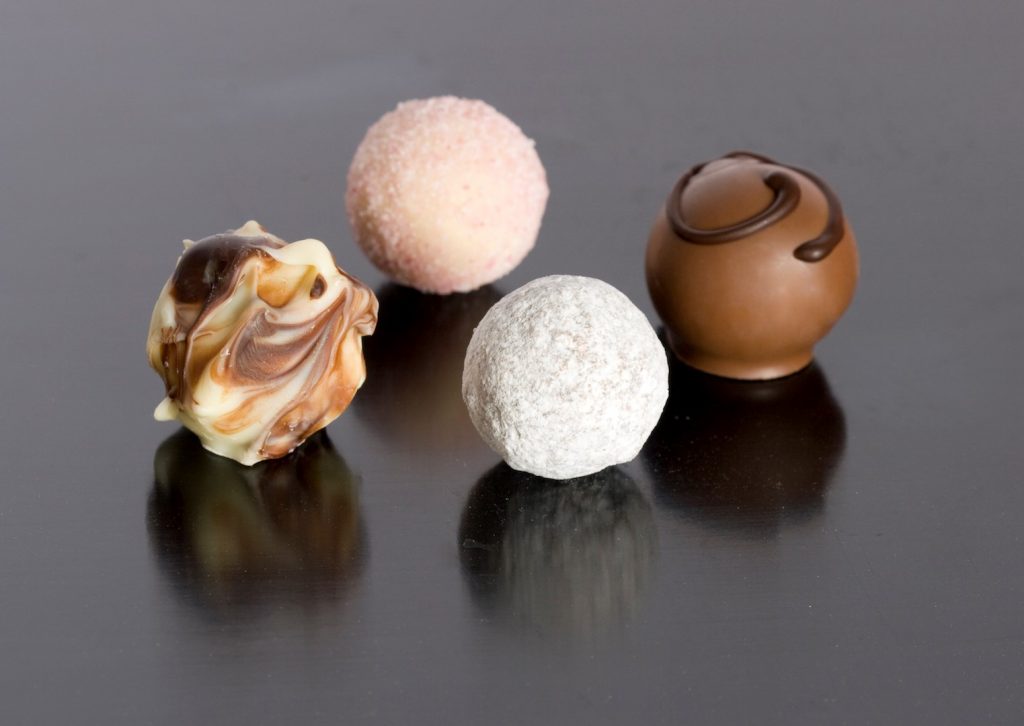
What later inspired you to open shop in Toronto, over continuing to work in the Byward Market?
I have to give my father credit for this because I think he had the foresight to see that in order to run a successful family business, it’s really important that we all stand on our own feet. When we opened the shop here in Toronto, I was fairly young and my father did help me out quite a bit; I could not have done it without him. He always had the idea of, “if you want to continue after 5 years, you’re going to have to buy me out,” so that I could stand on my own feet and do my own thing. Plus, there’s the physical distance between Ottawa and Toronto; to have two similar shops in one city might feel saturated.
What are some of the major differences between your European-inspired desserts and those with Toronto contemporary flare?
The Toronto market is very fast-paced, the customers here always ask for something new. You really have to stay on the ball and create from scratch every season; as opposed to being in smaller markets, Ottawa included, where the customers are quite a bit more conservative, very much like in Germany. People come back to what they know and just want to buy the same thing over and over again.
Here in Toronto, the customer is so well educated on food, ingredients, local and their diet that they respond well to locally-sourced products, fresh ingredients, and new ingredients. The customer often comes up with ideas and it’s also important to know what the customer demands. I still consider myself to be a more conservative chocolatier so in our shops, you still find the long-time favourites like champagne truffles, orange peels, and so on that really stand out and that people come back to. We also do a line of bonbons that change seasonally, often inspired by the requests our customers ask of us.
Depending on what the season is, and what’s available in the city, we come up with a limited line only available for a certain period, like Valentine’s Day or Easter season. For this past Easter, we did a rhubarb bonbon; a white vanilla ganache with a rhubarb jelly. We also had a basil strawberry made with chocolate. Even in chocolate, fresh, local ingredients are represented.
Which recipes are you most proud of to this day?
There are so many, so many. As an artist, you just create all the time and what you do now is history in 6 months; everything is so fast moving. You never really stand still or get a chance to look back. You’re always looking forward like, “what’s the next thing.”
When I look at what I really enjoy, the flavours I pick up over and over again or even the ones I miss when they’re not on the shelf, one is definitely calamansi.
Some of the recipes I’m most enjoy go back to my great aunt, they’ve been around for so long and I still find them so unique and interesting. One is a croquant, which is a caramel with marzipan and almonds.
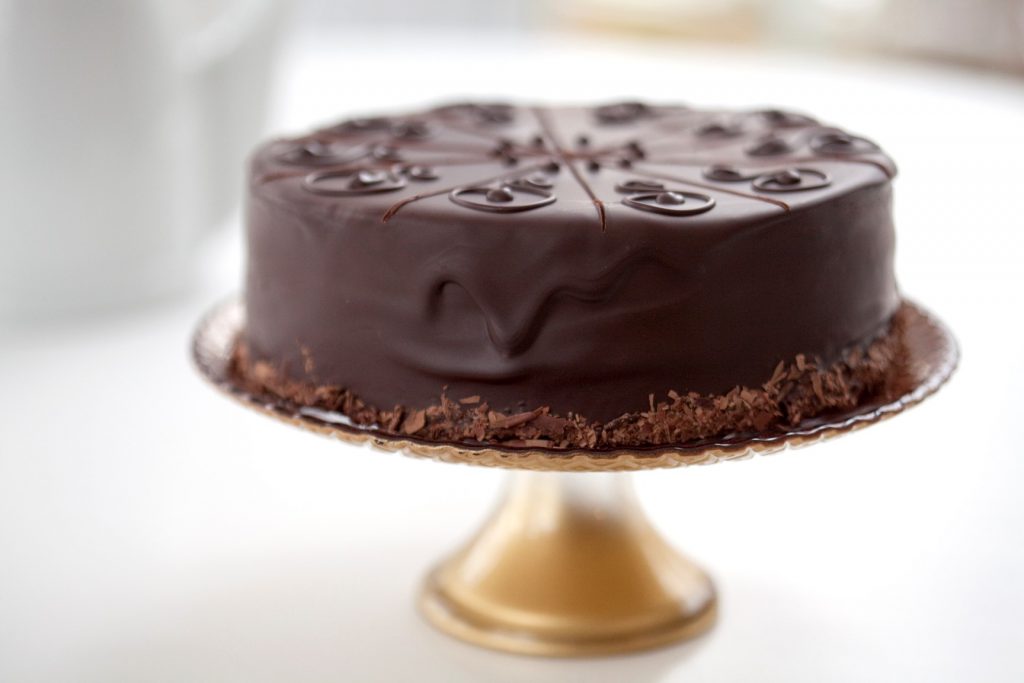
When you attended the OR NOIR Experience in France with Cacao Barry, what was your approach when creating your custom signature chocolates?
I went back to my childhood, my upbringing and what my relationship with chocolate actually is. What I wanted to create was easily approachable chocolate. That brings me back to where it all started, in my dad’s kitchen. To me, chocolate is always this comforting food, regardless of how exotic or big the flavour profile is. When we as adults eat chocolate, there is still this certain childishness within it where we just love to be brought back to our childhoods or the days where we first had chocolate. That’s what I tried to create with my Verspielt and Verliebt chocolate.
The Verspielt is a sophisticated milk chocolate but when you eat it, it feels warm and comforting. I wanted both chocolates to be eating chocolates where you don’t have to think about them; just eat, enjoy and as each one melts in your mouth, you think, “oh my god, this is good chocolate.”
What happened with the Verliebt, which translates to “in love” in German, is that we’ve had so many tastings of it, every time we do, somebody tasted something different with it. If I taste the chocolate today, and then taste it next week, I will taste something different too. It is really complex and I wonder if it has to do with your state of mind, which the chocolate then picks up on and translates it to the taste.
Back at Stubbe Chocolates, what do you enjoy most about using Cacao Barry?
Cacao Barry, by far, has the most variety of chocolate available to the artisans. It’s really important that when I create a bonbon or a recipe, I have the perfect chocolate to go with that recipe. Beyond that, I think Cacao Barry understands, through the support that they’re offering, how important the relationship between the artisan and the manufacturer is.
The chocolate industry is a funny one because we are so far removed from the tree that bears the fruit that makes our chocolate. I was lucky enough to have visited several cocoa plantations. But, a lot of the time, there are chocolatiers who have never been to one before. How crazy is that disconnect, especially nowadays, with the customer being more knowledgeable, asking for local and asking for more information about the ingredients, where they come from and so on.
Cacao Barry has gotten it right with staying in touch, providing us with education, knowledge and chocolate.
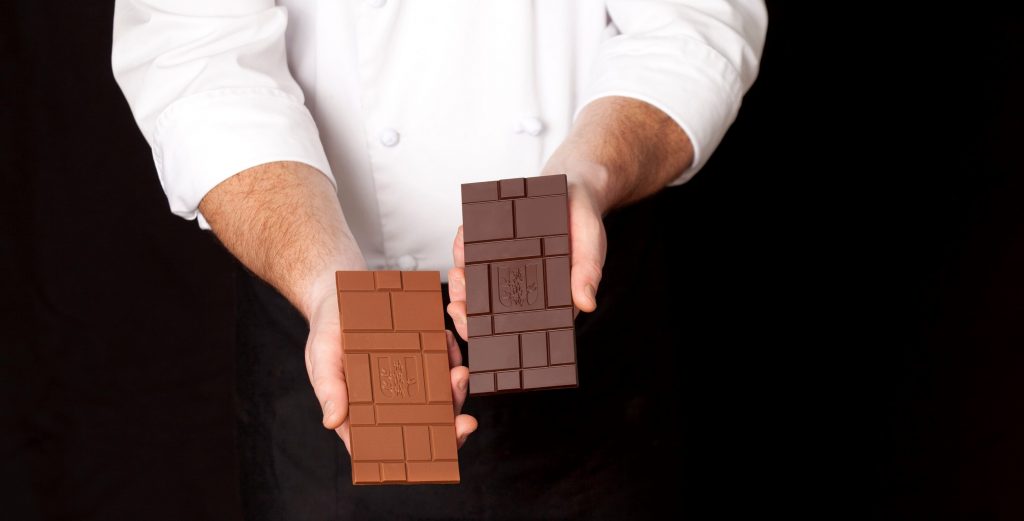
If you could tell them anything, what are some pieces of advice you’d give aspiring pâtissiers?
Get as much work experience at as many different places as you can. We chocolatiers all do things differently. With me having a business now, running my own shop for over twenty years, I have new chefs join me and sometimes look at their techniques like, “oh my god, this is awesome, where did you learn this?” You pick things up through work experiences in different locations with different chefs. Work with as many as you can, there’s always something to learn
What are some pastry mistakes they can avoid, that were lessons for you or pâtissiers you know?
There’s quite a difference between being a pastry chef and being a business owner. I see a lot of people graduating from culinary colleges , you could be the best pastry chef in the world but if you don’t have a business background, or know-how on running a business, it might not work out.



